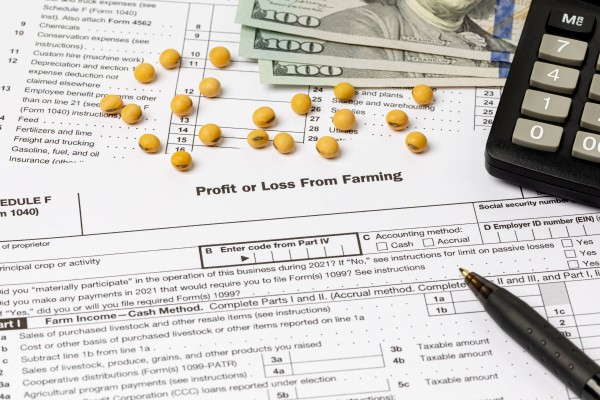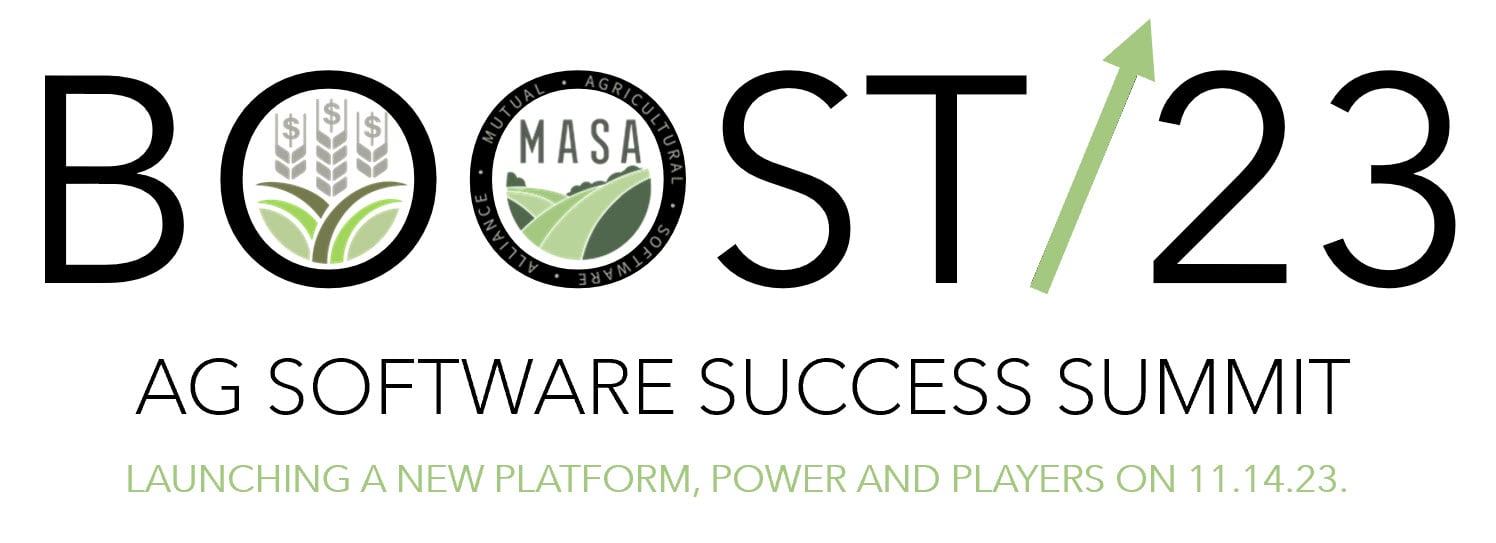MacGyver might have had the television show, but when it comes to working with what’s at hand to get a job done, few people are better at this than farmers and ranchers. We’ve become accustomed to improvising and making what we have work when the right tools or resources aren’t always available.
In fact, we’ve been doing this for years in the field and in the back office. When it comes to agricultural accounting, we’ve been using tools designed for standard business accounting despite the glaring differences.
While creativity and ingenuity on the farm are definitely assets, there’s plenty to be said for having the right tools for the right job, especially when it comes to efficiency.
Quick Links
- What is Agricultural Accounting?
- How Agricultural Accounting is Different From Standard Accounting
- Why You Need Accounting Software that Understands the Agricultural Industry
What is Agricultural Accounting?
Simply put, agricultural accounting covers the specialized accounting required to manage a farm or ranch. While there are a lot of similarities between the agricultural industry and other businesses, agricultural accounting requires a keen understanding of the farming business and the different ways transactions occur.
In most businesses, both bookkeeping and transactions are standardized to create consistency. For that reason, accountants can typically move fluidly between businesses and books with little variation. However, in farming, there are a lot of variables that come in due to the nature of the business and the way transactions are handled. One of the most important variables is the use of cash and the need for cash accounting.
 How Agricultural Accounting is Different From Standard Accounting
How Agricultural Accounting is Different From Standard Accounting
As noted above, there are a few big differences that will impact the way an accountant handles books. That’s why agricultural accounting is both taught and treated as a separate branch of accounting. It requires an understanding of the way a farm or ranch conducts business.
Cash Vs. Accrual
As mentioned, one of the biggest differences between standard business accounting and agricultural accounting has to do with how and when transactions are recorded and recognized.
Nearly all U.S. farms report taxes on a cash basis, which means income is recorded on the date money comes in. When bills are paid, the expenses are recorded. This is in stark contrast to the Generally Accepted Accounting Principles (GAAP) accrual accounting used by other businesses.
First, using the accrual method revenue is recorded when it’s earned, not necessarily when it’s received. Expenses related to that revenue are recorded at the same time. In short, revenue and expenses are matched, also known as the matching principle, regardless of timing, resulting in an accurate measurement of profitability. Cash accounting, however, can result in distortions through end of year tax strategies.
So, agricultural accounting requires both cash for tax filing and accrual for accurate financial statements. Most traditional accounting programs require that users select one or the other or maintain two sets of books, which just isn’t realistic. With well-designed farm accounting software, there’s no need to choose. These systems account for both cash and accrual.
Production and Marketing Cycles
Accounting software designed for retail or manufacturing assume short, evenly-distributed turnover. On the other hand, crop and livestock production and marketing are characterized by long overlapping cycles that rarely correspond to calendar years. For example, within one accounting year, costs and revenues for 3 crop cycles (last year’s, this year’s, and next year’s) can occur simultaneously.
Traditional accounting software demands a far more linear cycle than the reality for agricultural organizations and, as a result, most users spend valuable time and effort in creating workarounds to accommodate that. Software designed specifically for farm management simplifies this process and considers these factors in standard functionality.
Management Details
Main street account programs do a good job of tracking dollars but are meaningless without the details required for farm management. Agricultural accounting software incorporates segment definitions like fields, cost centers, and groups as well as units of measure such as acres and application units allowing internal and external benchmarking.
If farm and ranch management came down, solely, to dollars and cents, traditional business accounting software would be sufficient, but value, on a farm or ranch, is more than simple dollars and cents.
Valuation
In standard business accounting, items are valued at what they cost to purchase. In agricultural accounting, valuation is also determined by market value. Land assets are a great example as they often grow in value and, on a farm balance sheet, their value is determined by both the current market, but it’s also important to retain their original cost.
While there are other differences that factor into the bookkeeping for farms and ranches, particularly in how taxes are handled, those nuances primarily fall into the categories listed above. Agricultural accounting is just different from standard accounting and having the right tools to assist your farm managers and agricultural accountants in keeping records straight is vital.
Why You Need Accounting Software that Understands the Agricultural Industry
To put it simply, you wouldn’t harvest grain with a weed whacker. There are few places like the farm where you realize you need the right tool for the job. Sure, that means sometimes you have to be inventive and improvise, but if the right tool is out there and available, then that’s the tool you want. Whether it’s the field, the barn, or the back office, the right tools make your job easier.
In the back office, that means using a tool designed specifically to handle the differences between the agricultural business and other industries. As farmers and ranchers, we pride ourselves on those differences, and forcing ourselves to apply standard business practices or trying to force them on to our operations just doesn't work.
For example, standard business accounting software doesn’t enable the kind of tracking farmers and ranchers need. Agricultural accounting programs can track the quantity details like weight, acres, and more, meaning you’ve got all the relevant data you need in one place without fumbling between spreadsheets.
Similarly, farm accounting software adheres to Farm Financial Standards. Adherence to those standards means you can rest easy knowing that the financial reporting you need to satisfy outside agencies and businesses is accurate. It also means you’ve got the data and tools you need, in the appropriate framework, to make the best decisions for the growth of your farm or ranch.
That’s why FBS Systems designed an ERP solution for the agricultural industry. It’s farm accounting software designed with input from farmers and ranchers to simplify the back office for farmers and ranchers. That means you don’t have to develop workarounds, innovate, or improvise. Our agricultural software solutions are designed to work for you, the way you work, the way you need, right out of the “box”
Further, FBS Systems ERP solution integrates with your other ag tech, pulling relevant data from your equipment and communicating with your buyers and suppliers helping you keep track of cash flow. With an integrated system that accounts for all of your activity, you can reduce unnecessary expenses and better prepare for the coming seasons.
You’ve already invested in the right tools for the field and barn. If you’re ready to put the right tools in the back office, get in touch with the FBS team today.
















